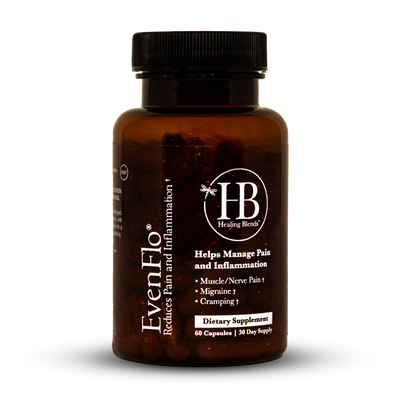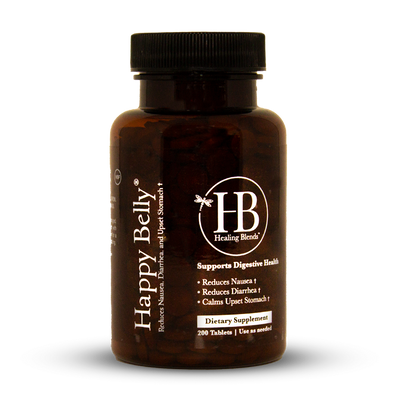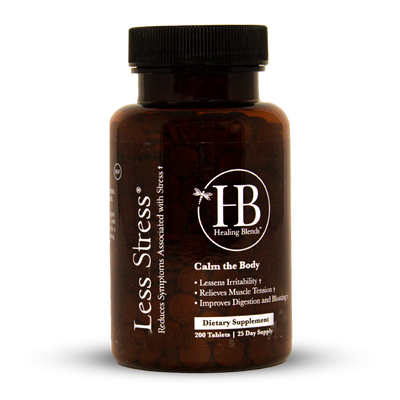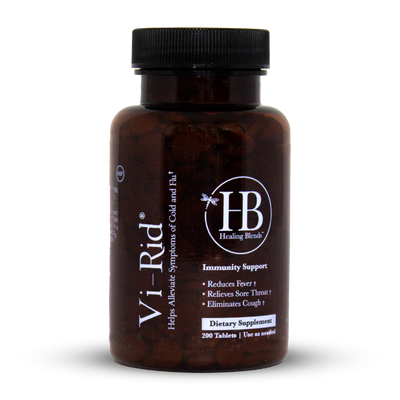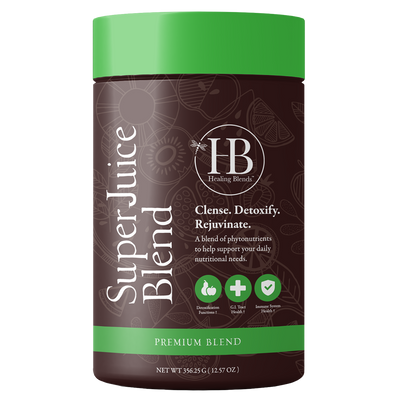Clinical Study on EvenFlo
Outcomes of Using the Food Supplement “EvenFlo” for Sickle Cell Disease in Cameroon: Observational Study

Physicians that supervised the study:
- Yanda Alima
- Odette Guiffo
- Francis Nana
- Kamgne Elise
- Tappa, Roger
- Kagho
On the Coordination of V. Guy likes Dongo National coordinator Of The National Association of Sickle Cell Disease
WRITTEN BY: NOUMBISSI ANICET
Abstract
Patients suffering from sickle cell disease (SCD) require proper management of the condition to pursue a better life style until a permanent cure becomes available. Several methods to manage and prevent the complications of the disease have been introduced and used from time. In that series, Evenflo, a product introduced by Healing Blends, USA, have been claimed to have promising outcomes in the management of SCD. It has been claimed to be a safe, effective nutritional supplement that works as a fast acting natural analgesic to treat acute and chronic pain without any side effects in SCD patients.
The current observational study aimed at evaluating the outcomes of using EVENFLO in seriously ill SCD individuals. For the purpose, 81 seriously ill SCD individuals, ageing 4-47 years from several centers in Cameroon were included based on the following criteria: at least 3 major crisis per 12 months (a crisis requiring immediate care in the hospital), anemia, lack of appetite, weight loss, poor general status and pain.
These patients were given medications in the prescribed manner as 2 capsules of EvenFlo in the morning and 2 capsules in the evening and folic acid only after 3 months of treatment.
Following this prescription for 3 months, 85% patients were observed to have improved life style in the form of improvement of appetite, anemia, general health status, pain management, and weight loss frequency. Overall, after 6 months no major crises occurred in more than 80% of the cases. Thus, it is concluded that EvenFlo appears to provide a better lifestyle to SCD patients.
INTRODUCTION
Background
Sickle cell disease (SCD) is a severe genetic disorder of hemoglobin affecting 100,000 persons in the US and millions worldwide.(1) It causes vaso-occlusion inducing both acute and chronic pain.(2) SCD patients have fragile RBCs due to which they are exposed to many infections and sometimes to many complications like severe anemia, strokes, renal failure, pulmonary compromise and shortened life expectancy.(3) A permanent cure of the disease is available only through hematopoietic cell transplantation in patients ageing <16 years. However, this procedure is not successful in individuals ageing > 16 years due to risk of graft rejection.(4)
Conventionally, SCD management methods are associated with several side effects and complications. For instance, blood transfusion and hydroxyurea may result in serious complications leading to cirrhosis, heart failure, dermatologic, neurologic, gastrointestinal, hematologic side effects & even death.(5; 6) Due to the complex and disabling nature of SCD, appropriate management is still required to avoid acute pain, vaso-occlusive episodes and hospitalizations.(6) Moreover, they provide a slight temporary relief only.
Several herbal remedies such as Nicosan, Xickle, quai, chlorophyll etc. were also introduced for the management of SCD but there is scarcity of literature reporting their benefits. Therefore, their use has been restricted and some of them are not available in the market now.
‘EvenFlo’ has been introduced by ‘Healing Blends’ as a unique natural remedy for the management of SCD individuals as it helps in the production and formation of Red Blood Cells (RBC’s), in addition to relieving the pain in SCD individuals. In essence, ‘EvenFlo’ is a blend of herbal extractions enhanced with natural enzymes, nutrients, vitamins and minerals. ‘EvenFlo’ has been found to improve the general well-being of patients with anemia and those with pain syndromes.
Effectiveness of ‘EvenFlo’ in patients with SCD has been reported in studies from the USA and Cameroon (unpublished data). Further, it has been claimed to be free of side effects. The anti-inflammatory and vasodilatation properties of ‘EvenFlo’ helps in improving circulation by opening the blood vessels to increase the flow of oxygen to the body’s vital organs, and ensure the correct RBC’s formation and tissue repair. Such a product hasn’t been introduced for a long time.
In order to help the maximum of SCD individuals, it was considered a good idea to use it properly for gaining the experience of the practitioners. Looking at the benefits of ‘EvenFlo’, the current study is aimed at determining the mean change in pain levels in SCD patients administered with ‘EvenFlo’, the frequency of painful crises in children as well as adults administrated with ‘EvenFlo’ and to determine the mean number of hospital admissions.
METHODS
The target population was chosen based on following criteria: Any sick person with SCD who experiences a vaso-occlusive crisis frequently (at least 3 hospital admissions during last one year), introduces medical records as an evidence for the last crisis, introduces a brittle physical state that is attained by the tiredness linked to illness, and introduces a weak weight load.
Settings: The study was carried out in seven clinics and hospitals for SCD under the supervision of Dr. RT, MD and Coordinator GHD. The clinics and the respective doctors (initials) included for the study were:
- Laquintinie Hospital in Douala (OG)
- Maternal and Child Center Yaoundé (YA)
- Mountain University Hospital (N)
- District hospital Garoua (DF)
- Baptist Hospital Douala (K)
- District Hospital Nkongsamba (K)
- Clinique Fanon (TI)
Eighty one patients ageing 4 to 47 years were included in the study. The minors ageing less than 18 years were included after obtaining a parental consent. The included volunteers were from the 3 regions of Cameroon as 28 participants from the coastal region, 31 participants from the Centre region & 22 participants from the Western region. Age group distribution of these patients is shown in Table 1 below.
Table 1: Age-wise distribution of the included patients
5 to 10
10 to 15
15 to 20
20 to 25
25 to 30
30 to 35
35 to 40
40 to 45
45 to 50
14
19
20
13
6
2
1
2
1
Follow-up criteria:
The follow-up criteria of the participants were as described below:
Overall study period was 6 months including 90 days for intervention and monitoring followed by another 90 days for monitoring only. Most of these patients were regularly consulted at least once a week during the intervention (3 months) by the doctors and nurses who agreed in a voluntary way to participate in this program. However, by the end of the study, all the participants were monitored. During observation, physical state, energy, the color of urine and eyes, appetite and especially the appearance and finally the absence of crisis were examined by nurses and doctors.
RESULTS
More than 85% of participants in this study acknowledged the beneficial effects of supplement EvenFlo with considerable improvement in the quality of their lives during the intervention as well as monitoring period. For instance, these participants experienced the absence of crisis, the increase of appetite, weight catch, the change of the color of eyes and urines and finally the gain of physical energy during prescribed intake EvenFlo.
DISCUSSION
Conventionally SCD management is targeted through prevention and treatment of complications using hydroxyurea, pain medications, antibiotics & blood transfusions. These methods either provide a slight temporary relief or they are comprised of several side-effects. For instance, blood transfusion may result in serious complications leading to cirrhosis, heart failure & even death.(6) Further, the hydroxyurea may result in several dermatologic, neurologic, gastrointestinal and hematologic side effects.(5) Due to the complex and disabling nature of SCD, appropriate management is still required to avoid acute pain, vaso-occlusive episodes and hospitalizations.(6) A few herbal remedies were introduced for the management of SCD but there is scarcity of literature reporting their benefits. Therefore, their use has been restricted and some of them are not available in the market now.
For instance, Nicosan was available for SCD management 6 years ago. Another natural remedy known as Xickle is available but any scientific study reporting its use for SCD management has not been found. Besides, people use single herbs like dong quai, chlorophyll etc. to help with the frequency of crisis and raising hemoglobin levels.
Looking at the prognosis of SCD and the complications in the affected individuals, it is highly recommended that further research to evaluate the safety and efficacy of ‘EvenFlo’ must be encouraged. Experimental & pharmacological testing of the product will also help in the confirmation of claimed benefits, increased commercial use, demand and worldwide availability of ‘EvenFlo’.
The answers to the several questions about the product ‘Even Flo’ regarding the components and active principle will also are available by conducting further experimental studies. In conclusion, life of SCD individuals can be improved and a relief can be provided to the large number of people suffering from the disease.
Until the debilitating SCD becomes curable, the benefit of experiencing a better quality of life can be provided to SCD patients for the timing by using this herbal remedy.
REFERENCES
1. McGann PT, Ware RE. 2015. Hydroxyurea therapy for sickle cell anemia. Expert Opin Drug Saf:1-10
2. Coleman B, Ellis-Caird H, McGowan J, Benjamin MJ. 2015. How sickle cell disease patients experience, understand and explain their pain: An Interpretative Phenomenological Analysis study. Br J Health Psychol
3. Schnog JJ, Lard LR, Rojer RA, Van der Dijs FP, Muskiet FA, Duits AJ. 1998. New concepts in assessing sickle cell disease severity. Am J Hematol 58:61-6
4. Field J, Vichinsky E, DeBaun M. 2014. Overview of the management and prognosis of sickle cell disease. UpToDate. Edited by Schrier SL, Mahoney Jr DH and Tirnauer JS. Topic 7114:1-33
5. Ghasemi A, Keikhaei B, Ghodsi R. 2014. Side effects of hydroxyurea in patients with Thalassemia major and thalassemia intermedia and sickle cell anemia. Iran J Ped Hematol Oncol 4:114-7
6. Mainous AG, 3rd, Tanner RJ, Harle CA, Baker R, Shokar NK, Hulihan MM. 2015. Attitudes toward Management of Sickle Cell Disease and Its Complications: A National Survey of Academic Family Physicians. Anemia 2015:853835
















